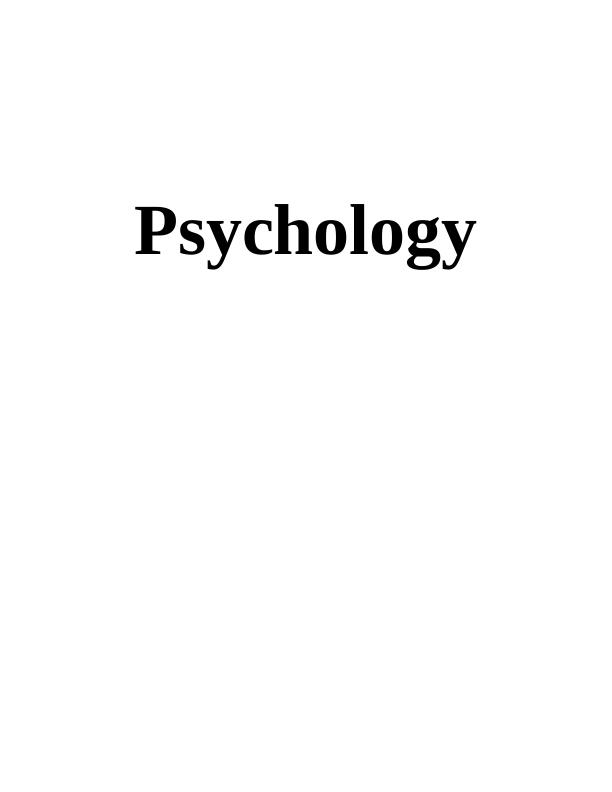Cognitive Psychology and Perception: Understanding Wundt's Introspection and Neural Pathways
Added on 2023-06-09
4 Pages780 Words241 Views
End of preview
Want to access all the pages? Upload your documents or become a member.
Study Material for Psychology: Cognitive Psychology, Perception, Attention, and Memory
|4
|1120
|223
Semantic Priming: Influence of Emotional Valence Words on Cognitive Processing
|13
|3666
|27


